Street food represents one of the purest joys of travel—authentic flavors, local culture, and meals that cost less than a fancy coffee back home. Unfortunately, some vendors have figured out that hungry tourists make easy targets, and they’ve developed increasingly creative ways to separate you from your money while serving up subpar food that bears little resemblance to the real local cuisine.
Here is a list of 16 street food scams that target unsuspecting travelers worldwide.
Bangkok, Thailand
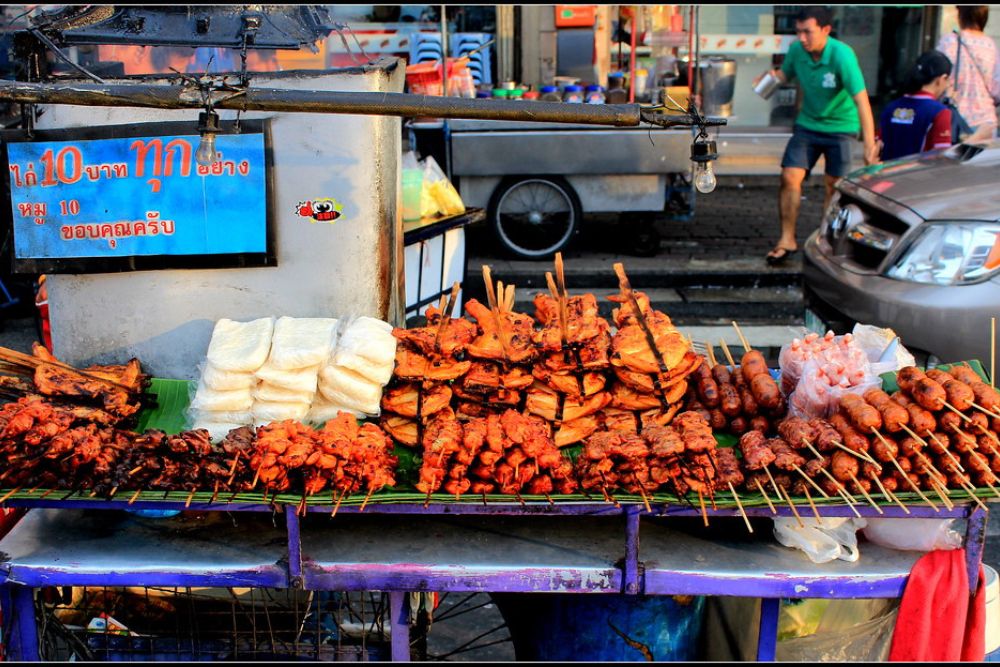
Vendors near tourist areas serve watered-down tom yum soup with cheap instant noodles instead of fresh rice noodles, charging premium prices for what’s essentially flavored water with a few shrimp thrown in. They count on tourists not knowing what authentic tom yum should taste like, so they can get away with using artificial flavoring and low-quality ingredients.
The real giveaway is when the soup arrives suspiciously fast and tastes more like spicy water than the complex, aromatic broth that makes this dish famous.
Delhi, India
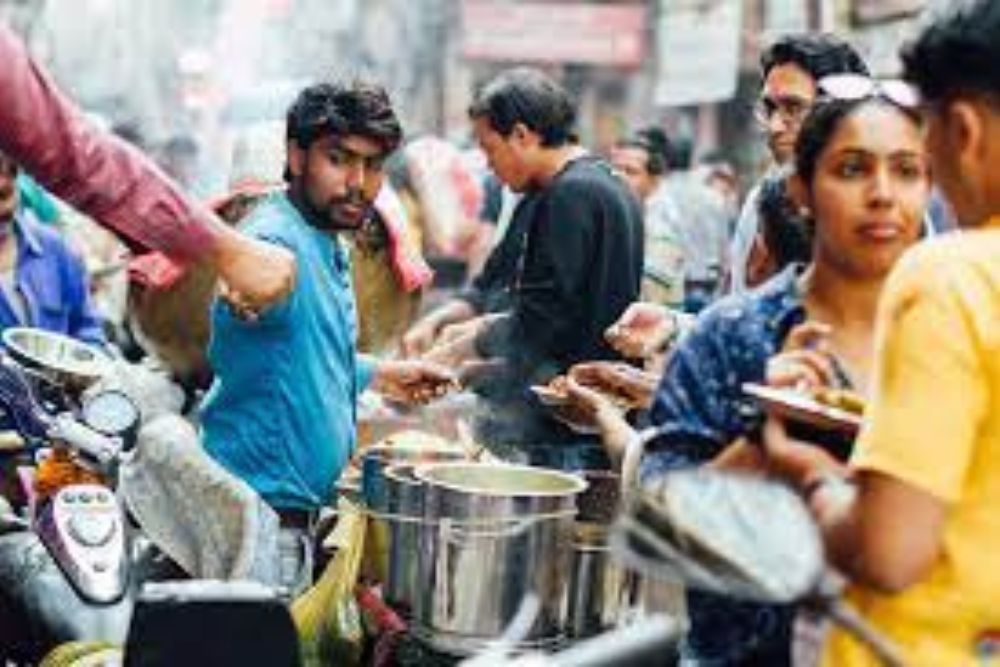
Street vendors pre-cook large batches of curry and let them sit for hours before reheating portions for customers, despite advertising ‘fresh, made-to-order’ meals. This practice not only compromises food safety but also destroys the vibrant flavors that make Indian street food exceptional.
The scam works because tourists can’t tell the difference between freshly prepared spices and reheated leftovers, especially when they’re distracted by the bustling street atmosphere.
Like Travel Pug’s content? Follow us on MSN.
Mexico City, Mexico
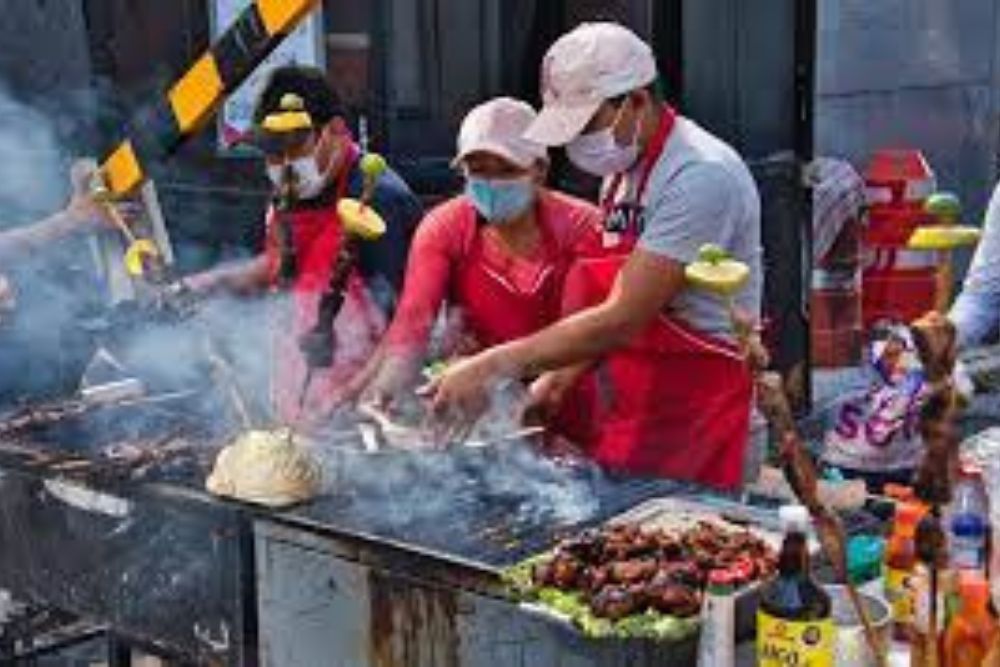
Taco vendors in tourist zones charge foreigners triple the local price while using inferior cuts of meat and pre-made salsas instead of the fresh, high-quality ingredients that make authentic tacos special. They often have two different menus—one in Spanish with reasonable prices for locals, and another in English with inflated tourist pricing.
The meat quality is usually the biggest difference, with tourist tacos featuring cheap, processed meat instead of the carefully prepared carnitas or asada that locals expect.
Istanbul, Turkey
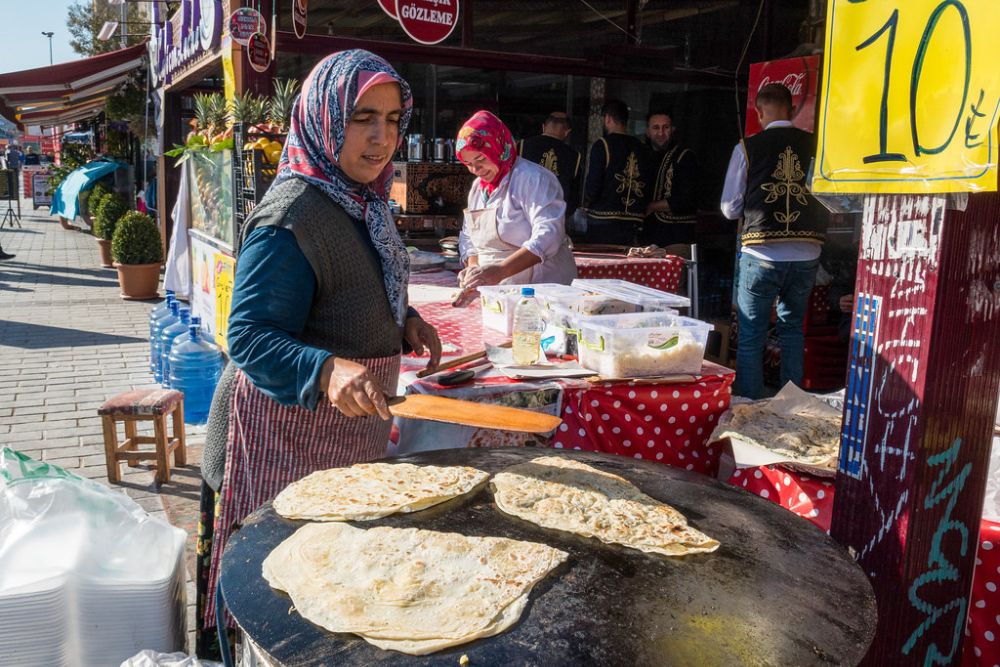
Döner kebab shops near major attractions stuff their wraps with mostly lettuce and cheap filler vegetables while skimping on the actual meat, then charge premium prices for what amounts to an expensive salad wrap. The vendors know that most tourists have never had authentic döner, serving meat that’s been sitting under heat lamps for hours rather than freshly carved from the rotating spit.
Real döner should be about 70% meat, but tourist versions often flip that ratio completely.
Rome, Italy
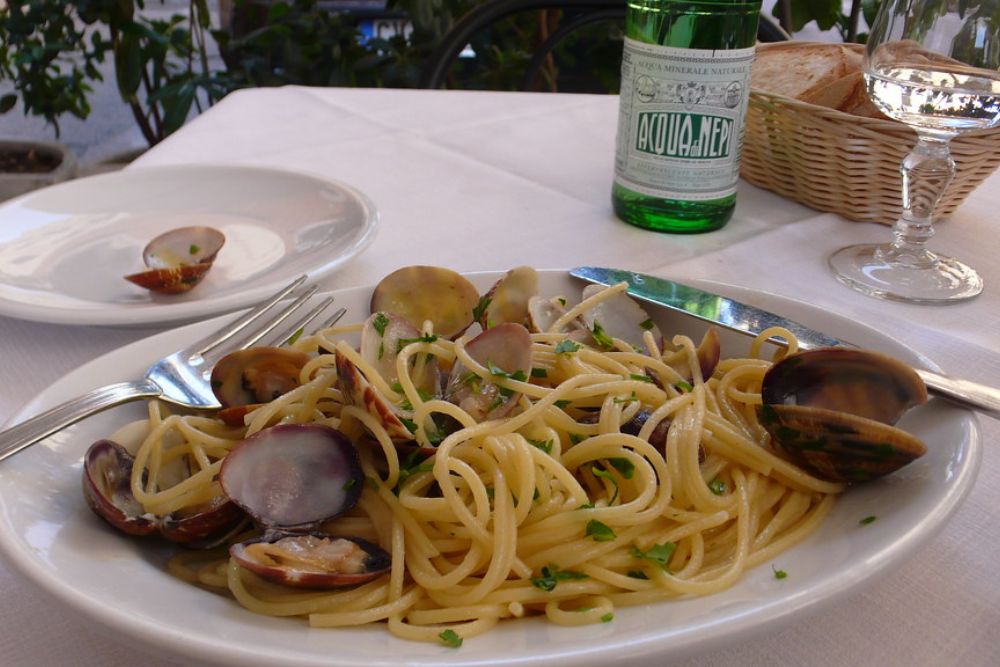
Pasta vendors near the Colosseum serve pre-packaged, mass-produced noodles while claiming they’re fresh and handmade, charging restaurant prices for what’s essentially dressed-up convenience store food. They rely on tourists’ excitement about eating ‘authentic Italian pasta’ to overlook the artificial texture and bland flavor of factory-made noodles.
The sauce is usually from a jar, too, despite the vendor’s claims about family recipes and traditional preparation methods.
Like Travel Pug’s content? Follow us on MSN.
Beijing, China
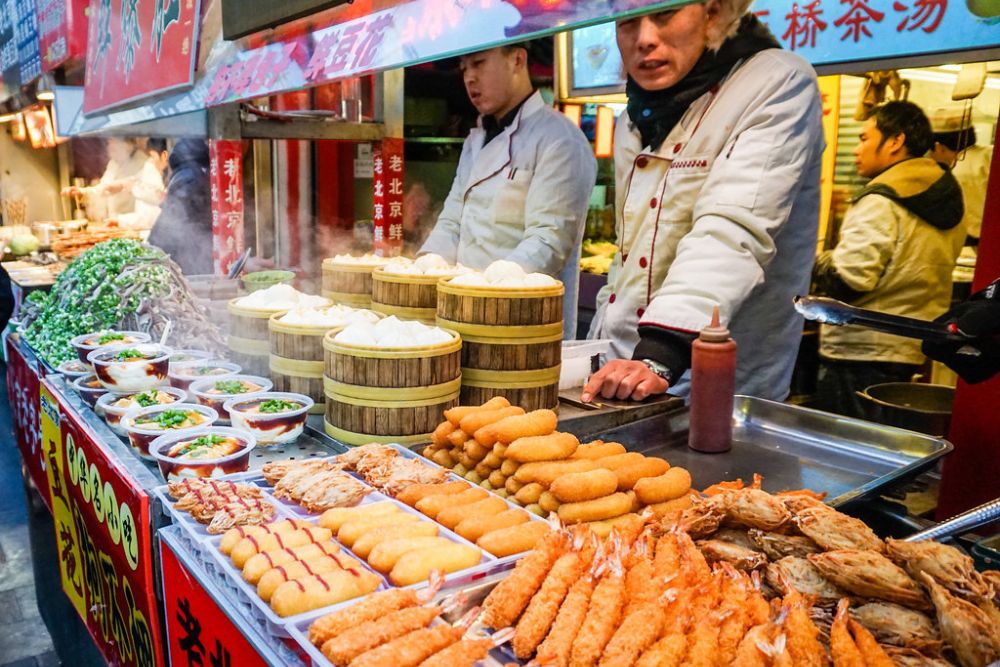
Street barbecue vendors use meat of questionable origin and quality, often pre-cooked and reheated, while charging premium prices for what they market as fresh grilled specialties. The meat is frequently overcooked to mask its poor quality and age, and the strong marinades are designed to cover up off flavors rather than enhance natural tastes.
Many of these operations specifically target foreign tourists who can’t read Chinese signs warning locals about food quality issues.
Marrakech, Morocco
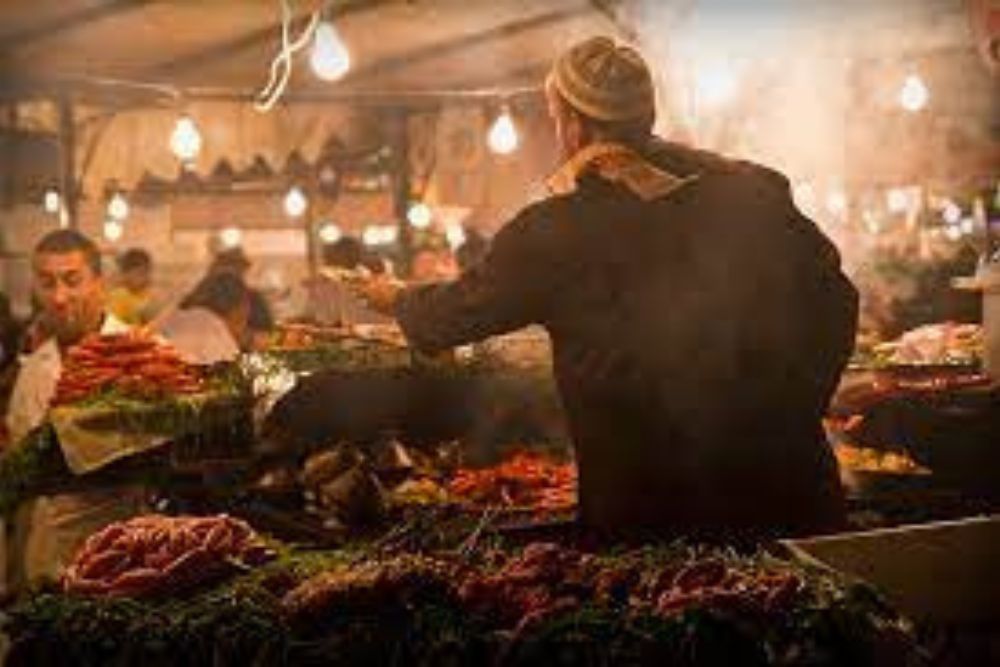
Tajine vendors in tourist areas serve microwaved, pre-made stews in traditional clay pots to create the illusion of authentic slow-cooked meals, charging premium prices for food that tastes nothing like real Moroccan cuisine. The vegetables are often canned rather than fresh, and the spice blends are generic rather than the complex, carefully balanced mixtures that define authentic tajines.
The beautiful presentation can’t hide the fact that you’re eating reheated cafeteria food at restaurant prices.
Lima, Peru
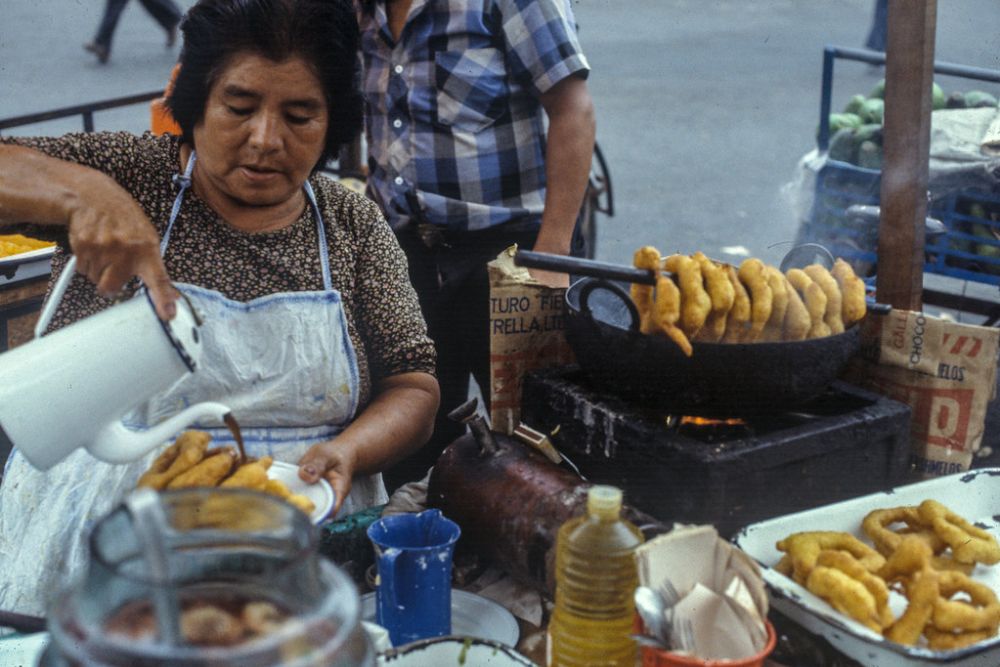
Ceviche stands targeting tourists use fish that have been sitting around for days, rather than the ultra-fresh catches that make this dish safe and delicious, creating both health risks and terrible flavors. Real ceviche should be made with fish caught that same day, but tourist operations often use frozen fish or seafood that’s well past its prime.
The acidic marinade can mask some of the fishy taste, but experienced eaters can immediately tell when the fish isn’t fresh enough for proper ceviche preparation.
Like Travel Pug’s content? Follow us on MSN.
Ho Chi Minh City, Vietnam
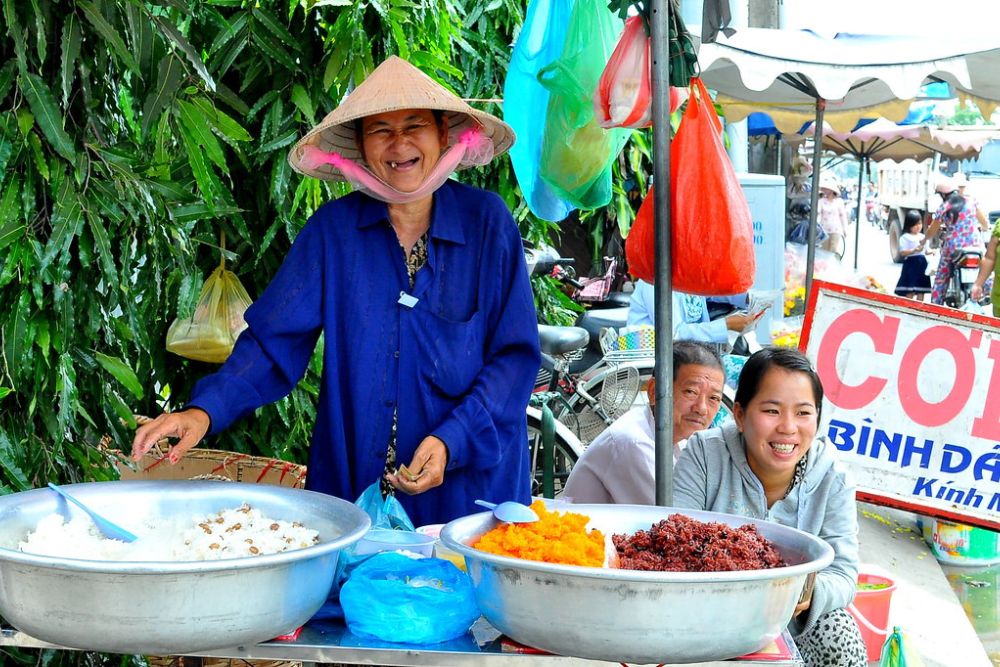
Pho vendors in backpacker districts serve instant noodle soup with artificial broth powder instead of the slow-simmered bone broth that takes 12+ hours to prepare properly, charging authentic pho prices for glorified ramen. The real tragedy is that authentic pho costs almost nothing to make with proper ingredients, but these vendors cut corners to maximize profits from tourists who are unaware of the difference.
The broth should be clear and aromatic, not cloudy and artificially flavored like what most tourist pho operations serve.
Athens, Greece
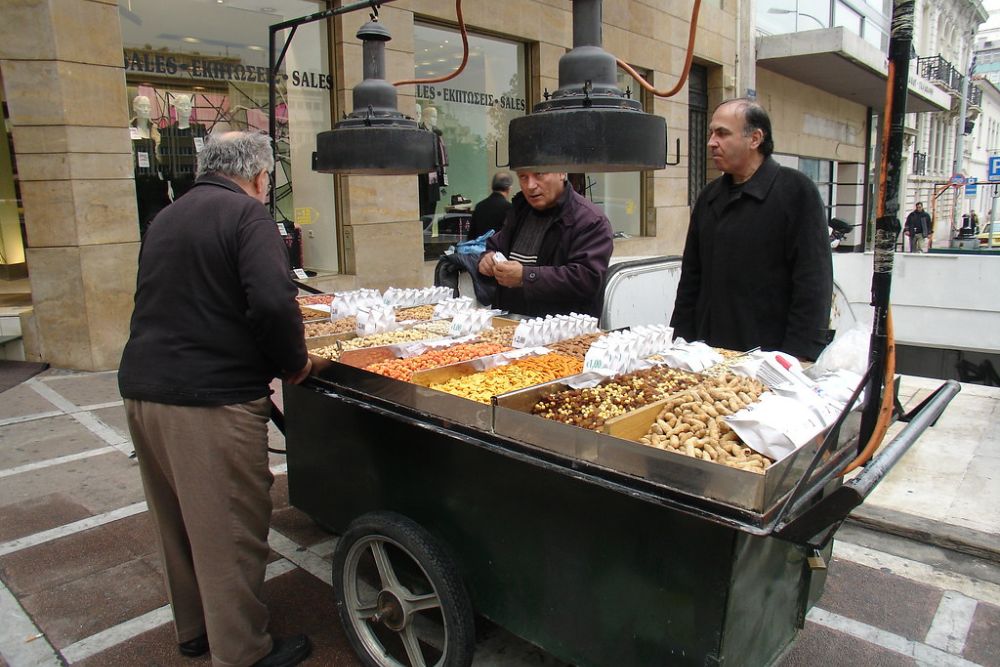
Gyros shops near the Acropolis stuff pita bread with processed meat loaf instead of actual gyros meat, then load it with cheap fillers like iceberg lettuce and generic white sauce. Authentic gyros meat is seasoned lamb and beef cooked on a vertical rotisserie, but tourist versions often use mystery meat that’s been formed into gyros-like shapes using binding agents.
The texture and flavor are completely different from real gyros, but the high tourist turnover means vendors can get away with serving inferior products.
Tokyo, Japan
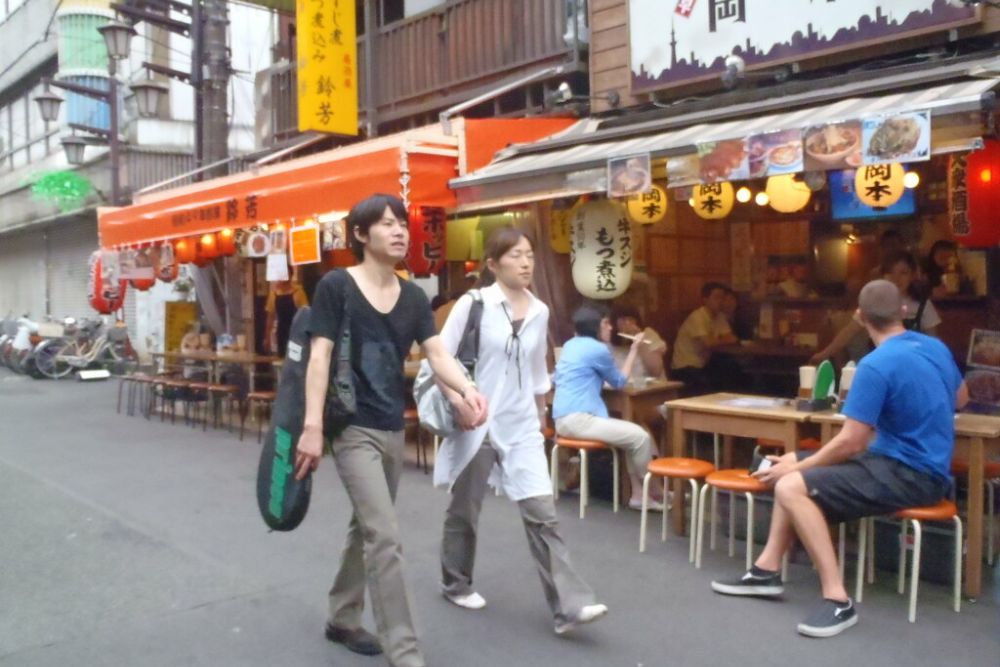
Ramen stands in areas like Shibuya charge premium prices to foreigners while serving instant ramen dressed up with a few toppings, counting on tourists not knowing what authentic Japanese ramen should taste like. Real ramen requires hours of preparation for the broth alone, but these tourist operations use flavor packets and hot water to create something that looks similar but tastes completely artificial.
The noodles are usually cheap instant varieties rather than the fresh, properly textured noodles that define authentic ramen.
Like Travel Pug’s content? Follow us on MSN.
Cairo, Egypt
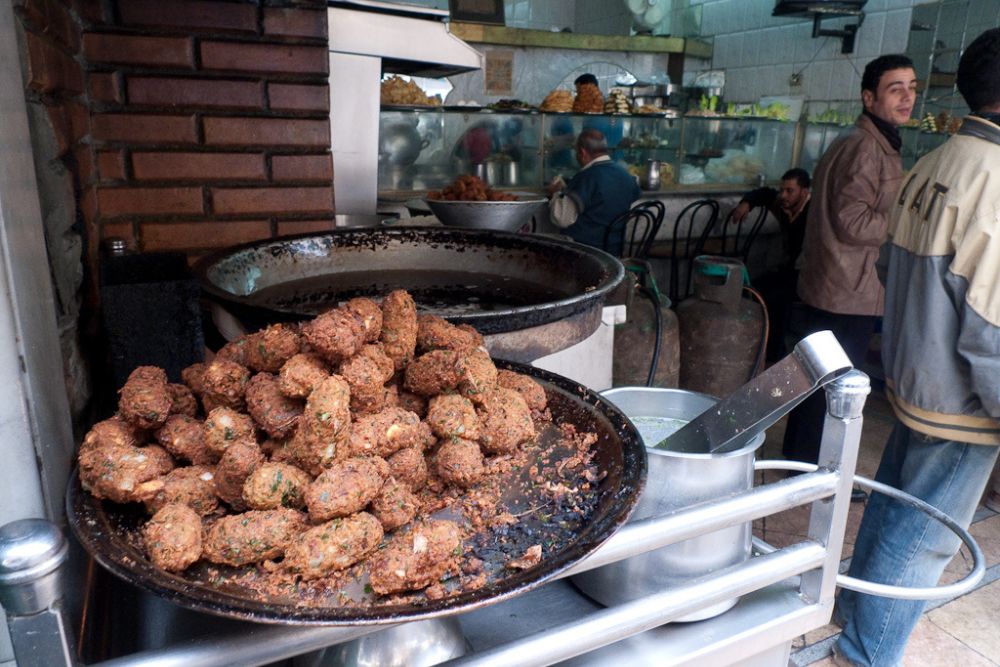
Koshari vendors near tourist sites use low-quality lentils and rice while skimping on the tomato sauce and spices that make this Egyptian comfort food special, charging premium prices for what amounts to plain starch with minimal flavoring. The authentic version should have multiple types of legumes, perfectly spiced tomato sauce, and crispy fried onions, but tourist versions often skip expensive ingredients like quality spices and proper cooking oils.
The result tastes more like cafeteria food than Egypt’s beloved national dish.
Buenos Aires, Argentina
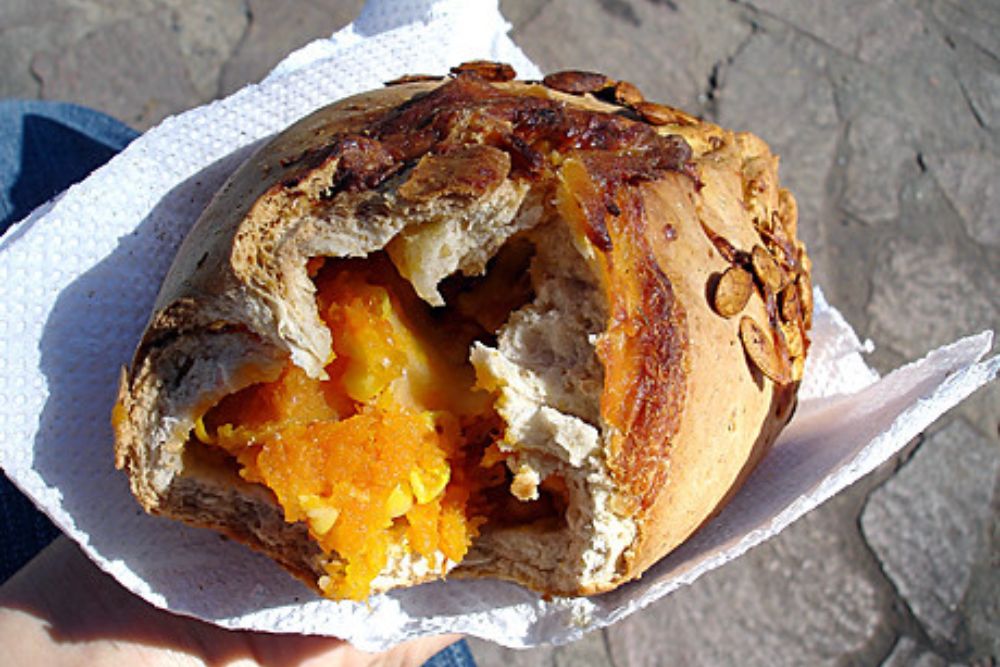
Empanada stands in tourist neighborhoods sell mass-produced, frozen empanadas while claiming they’re freshly made, charging artisanal prices for industrial food products. You can usually tell because the dough has that characteristic frozen-food texture, and the fillings taste generic rather than having the complex, well-seasoned flavors of handmade empanadas.
Real empanadas should have flaky, buttery dough and fillings that reflect regional specialties, not the bland, uniform taste of factory production.
Paris, France
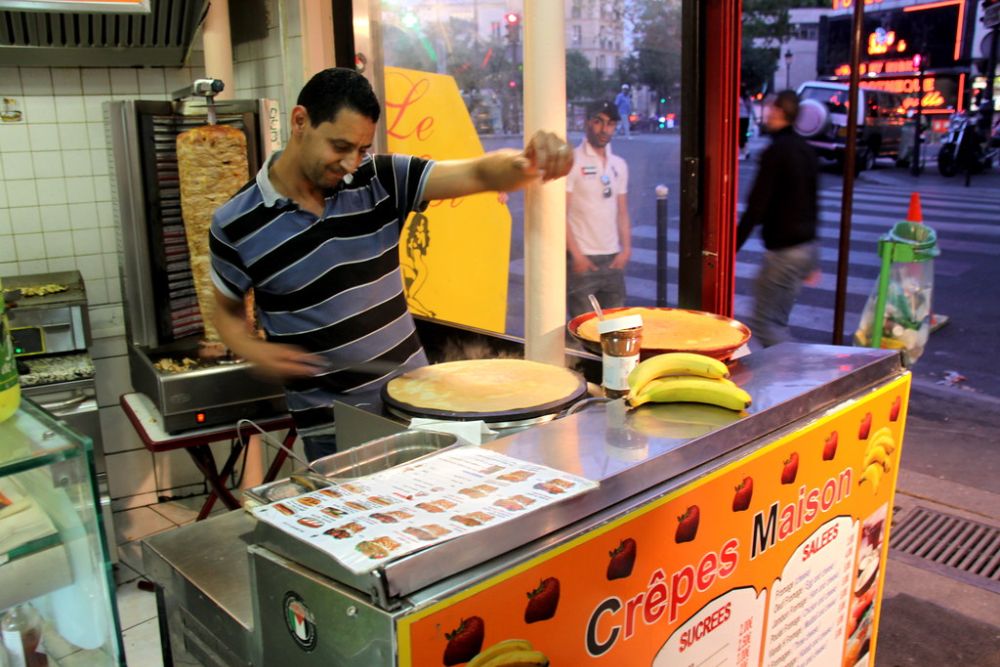
Crepe vendors near major landmarks like the Eiffel Tower use pre-made batter and artificial fillings while charging premium prices for what should be a simple, affordable street food. The batter often comes from a mix rather than being made fresh, and fruit fillings are usually from cans or jars rather than fresh ingredients.
Authentic crepe batter should be smooth and delicate, creating thin, flexible pancakes; however, tourist versions are often thick and rubbery due to low-quality ingredients and poor technique.
Like Travel Pug’s content? Follow us on MSN.
Barcelona, Spain
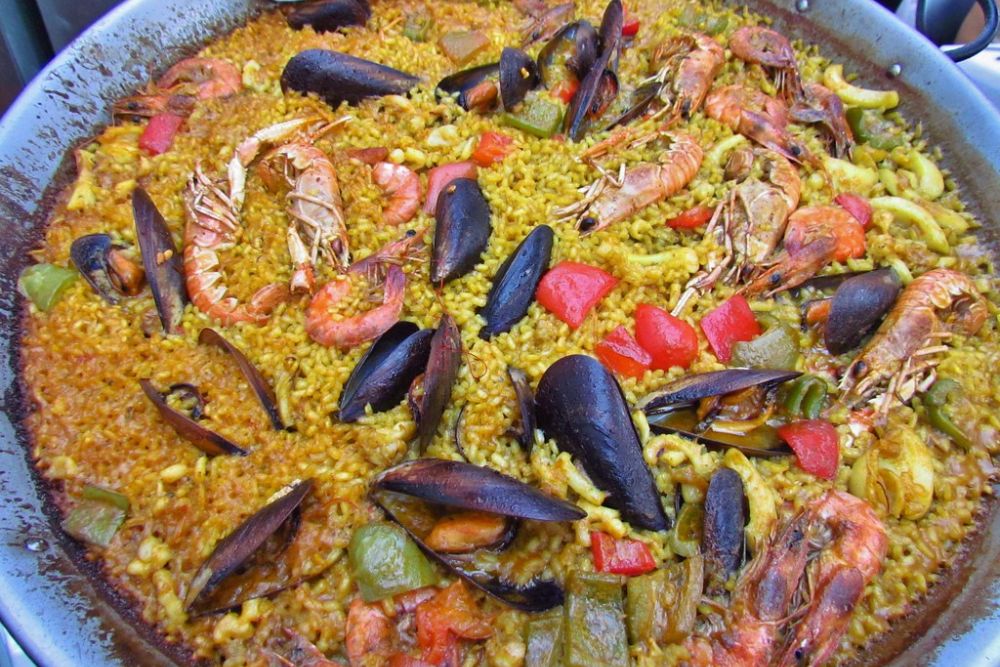
Paella vendors in Las Ramblas serve frozen, pre-made paella that they reheat in authentic-looking pans, charging restaurant prices for what’s essentially Spanish TV dinner food. Real paella requires specific rice varieties, proper seasoning, and careful timing to achieve the signature texture and flavor, but tourist operations use generic rice and artificial saffron coloring.
The dead giveaway is when paella appears suspiciously quickly—authentic paella takes at least 20 minutes to prepare properly.
Manila, Philippines
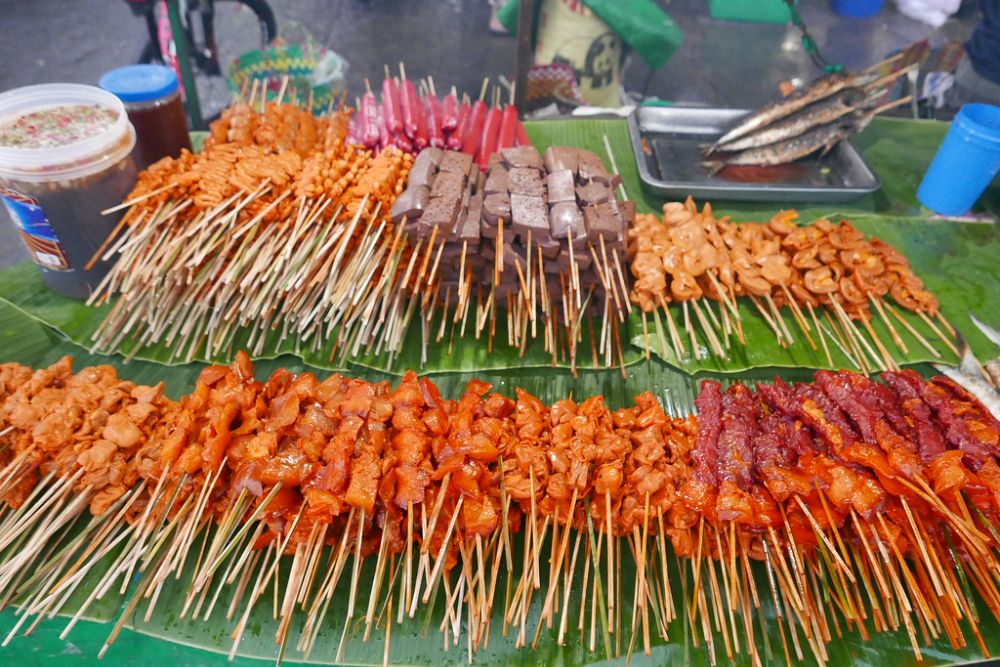
Street food vendors near tourist hotels serve generic fried foods while claiming they’re traditional Filipino specialties, charging premium prices for items that bear no resemblance to authentic local cuisine. They often use inexpensive, imported ingredients instead of local products, and the preparation methods are simplified to expedite service rather than preserve traditional flavors.
What they’re selling as ‘authentic Filipino street food’ is usually just generic Asian fried foods with Filipino names attached to justify higher prices.
When Street Food Lost Its Soul
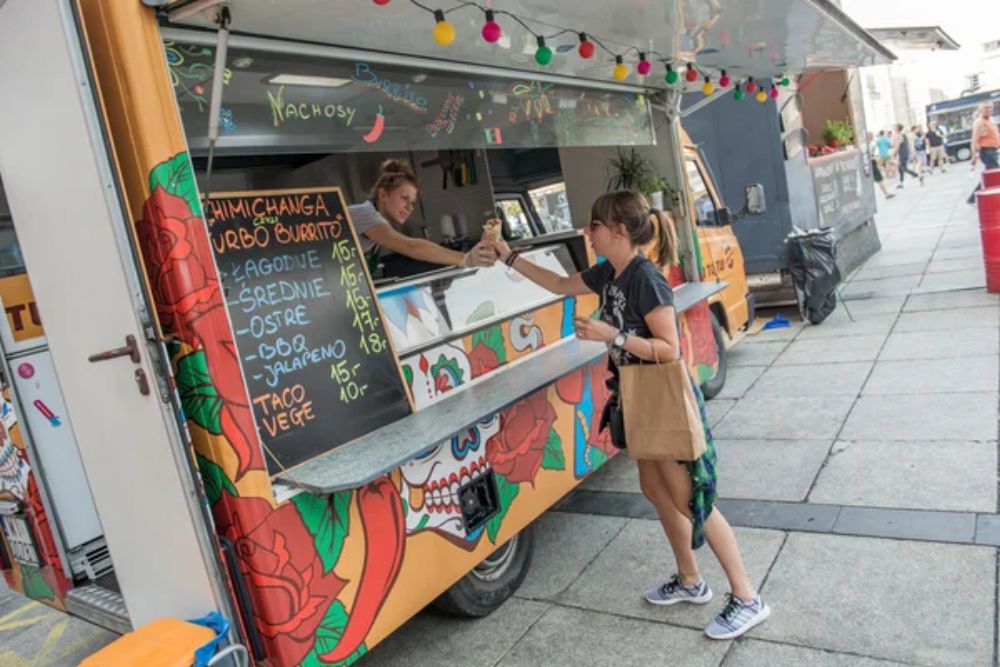
These scams represent a troubling trend where authentic street food culture gets commodified and stripped of everything that made it special in the first place. What started as genuine expressions of local culinary traditions have been transformed into profit-maximizing operations that exploit both tourists’ curiosity and their lack of local knowledge.
The real victims aren’t just the travelers who get ripped off, but the authentic vendors who get overshadowed by these tourist-focused operations that prioritize quick profits over culinary integrity. Smart travelers learn to seek out places where locals eat, because genuine street food vendors still exist—they’re just not usually found within three blocks of major tourist attractions.
More from Travel Pug

- 20 Best Beach Towns in the Carolinas
- 13 Destinations Where Tourists Regularly Regret Their Trip
- 20 Things You Actually Get in First Class
- 20 Small Airports With Aviation Museums
- 20 Places in the U.S. That Are Perfect for a Reset Trip
Like Travel Pug’s content? Follow us on MSN.
